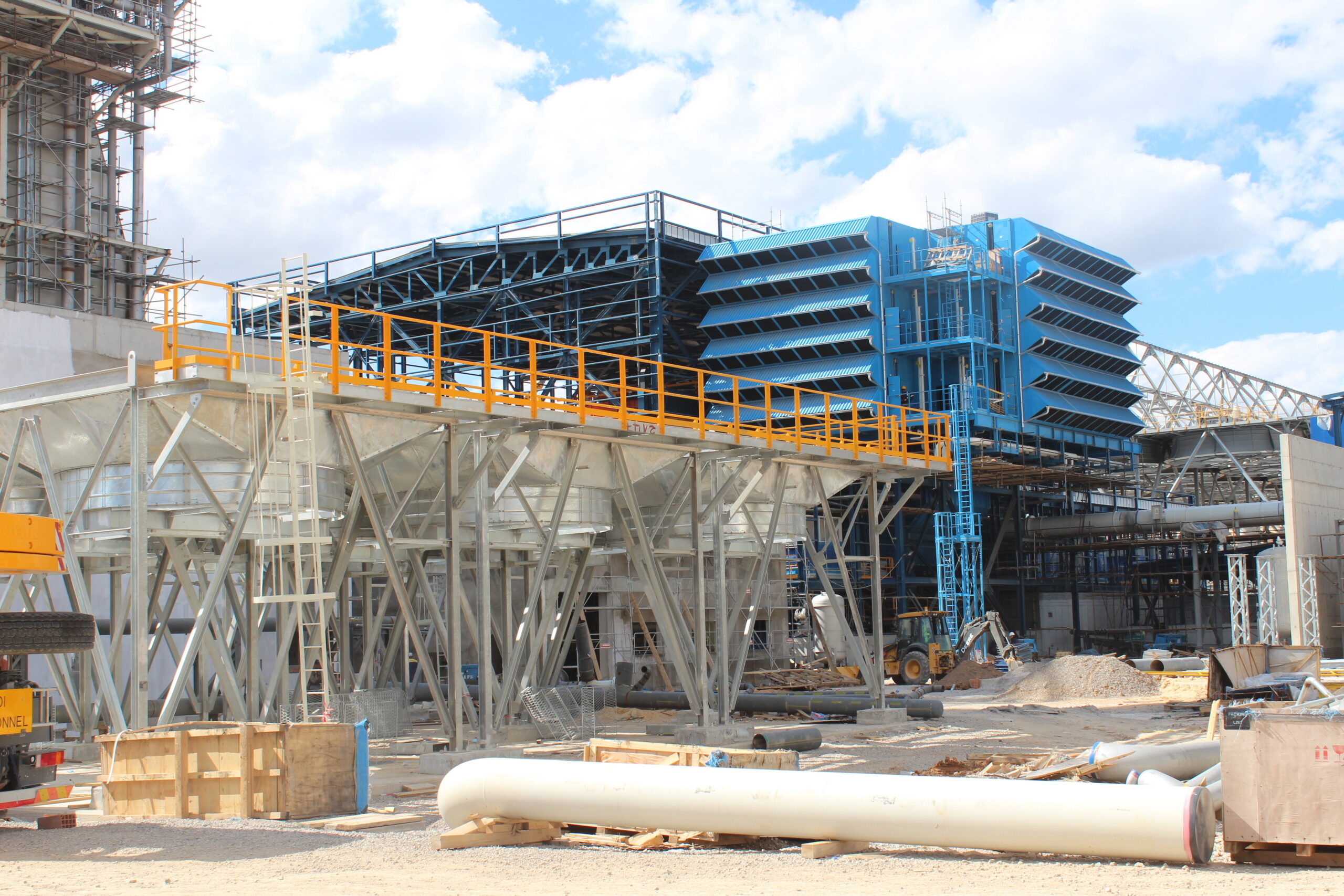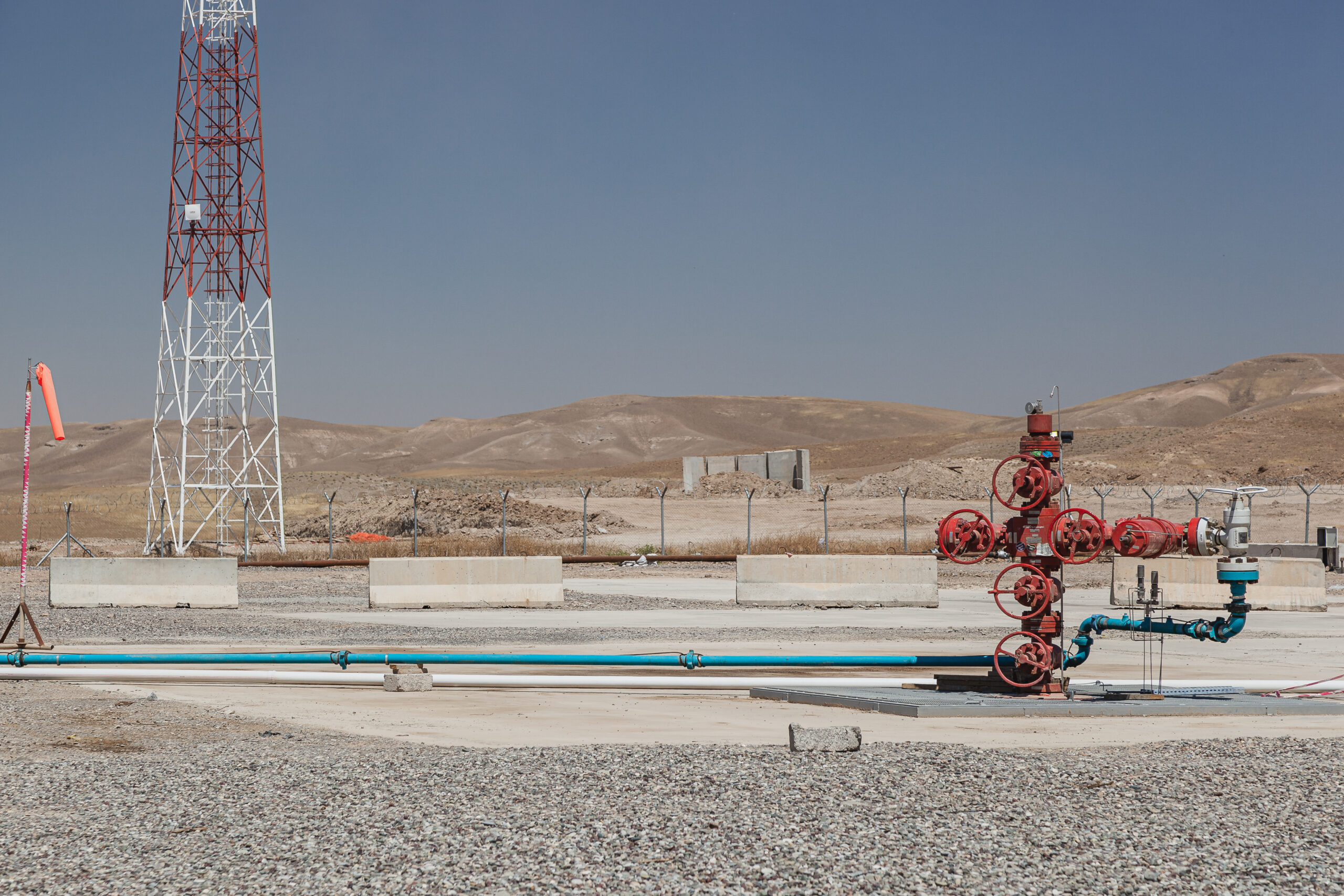IEA sees gas demand peak this decade
The gas industry continues to build new gas-fired power plants, pipelines, and LNG export terminals, but the IEA said that no new projects are needed in a climate-aligned world.

Oil, gas, and coal demand will peak in the next few years before entering decline, according to a recent report from the International Energy Agency (IEA). However, the ongoing construction of new fossil fuel projects today threatens to worsen the already deteriorating climate crisis.
“The speed of the roll-out of key clean energy technologies means that the IEA now projects that demand for coal, oil and natural gas will all peak this decade even without any new climate policies,” the IEA wrote in its September report, which is an update on a high-profile report released two years ago. “This is encouraging, but not nearly enough for the 1.5 °C goal.”
In the past, the IEA tended to lay out its main forecast, which typically saw an inexorable increase in demand for all types of fossil fuels well into the future, and then it would throw in a more optimistic case depicting a faster transition to renewables that it positioned as a kind of best-case scenario.
But the world has changed, and so too has the IEA’s thinking. It is “quite remarkable” that the IEA is now forecasting a peak in oil, gas, and coal demand this decade, Robert Brecha, a professor at the Hanley Sustainability Institute at the University of Dayton in Ohio, told Gas Outlook.
He said that the IEA’s 2021 Net Zero report also said that no new fossil fuel projects would be needed in a 1.5-degree-Celsius future, but that this updated version “makes that message much stronger and really backs it up by looking at trends in renewable energy, especially solar PV, and electric vehicles.”
The Net-Zero Emissions Scenario laid out by the IEA incorporates technologies and policies needed to achieve net zero emissions by 2050 without carbon offsets, resulting in a limited overshoot of 1.5 degrees Celsius. The agency said that the pathway is “very narrow,” but achievable.
“As clean energy expands and fossil fuel demand declines in the NZE Scenario, there is no need for investment in new coal, oil and natural gas,” the agency declared.
Future of gas industry becomes increasingly risky
The gas industry continues to build pipelines, power plants, and LNG infrastructure. U.S. developers gave the greenlight to a record volume of new LNG capacity in the first half of 2023. Industry analysts are still predicting robust growth in supply, which is supposedly needed to match “bullish” demand.
“Liquefied natural gas will play an even bigger role in the energy system of the future than it plays today,” Shell’s Chief Executive Officer Wael Sawan told investors earlier this year.
But if that’s true, then the world will blow past its climate targets. The world can’t have steadily rising demand for gas and also hope to avoid climate chaos. Both cannot be true.
The IEA’s main task was to paint a picture of what a climate-aligned energy transition would look like. In its report, gas plays a smaller role in the future energy system, compared to the 2021 version.
The IEA cut its forecast for gas demand in 2030 by 10 percent, and by 45 percent by 2050. The reason is that Russia’s war in Ukraine caused a global price spike for gas, which has destroyed demand.
The IEA said soaring prices have “shaken confidence in natural gas as an affordable alternative to coal or oil, especially among some import-dependent emerging market and developing economies.”
Pakistan, for instance, has been struggling to obtain LNG cargoes this year to avoid electricity blackouts for the upcoming winter. It finally secured one cargo in early October, and had to pay a 13 percent premium over spot market prices. Market volatility and costly LNG have deterred potential buyers from locking in long-term contracts.
The IEA also slashed its forecast for the use of gas in the production of hydrogen, a technology that large oil companies are positioning as one of their favoured so-called climate solutions, but which faces an array of technical and economic challenges.
In the electricity sector, the “unabated” use of natural gas (i.e. without the use of CCS) would decline by 80 percent by 2040 in the Net Zero Scenario. Gas-fired power generation would peak in the mid-2020s before entering long-term decline.
All told, in the IEA’s Net Zero Scenario, gas demand declines from 4,150 billion cubic metres in 2022 to 3,400 bcm in 2030 and 900 bcm in 2050.
The potential demise of global gas demand is particularly notable, given that many of the global oil majors view their gas investments as less vulnerable to the energy transition.
“The IEA sees 2030 global gas demand 22 percent lower than last year. Gas power generation is penciled to fall about 10 percent because so much new renewable capacity is coming online,” Dave Jones, global insights lead at the London-based energy think tank Ember, told Gas Outlook. “But the biggest fall is forecast to be in the buildings sector as heat pumps proliferate. The twin trends of renewables and heat pumps are more obvious than ever, and global gas demand faces a perfect storm.”
That means the financial risk to gas investments continues to mount. “Change is coming, and the gas industry is oblivious, and is heading for dangerous levels of oversupply,” Jones said.
The financial hazards may not only fall on gas companies and their investors, but could also be foisted on poorer countries. The focus by wealthier nations to encourage and assist poorer nations in building LNG infrastructure today may result in them being saddled with uncompetitive facilities in the years ahead.
“My one fear is that wealthy countries in particular will encourage debt in developing countries to build out this infrastructure now, because wealthy countries need the natural gas now or for a few years,” Brecha said.
“But then they will, in a few years, say, ‘okay, thanks for the bridging help, but now we’re off gas so we don’t need you anymore; good luck paying off your debts from those stranded assets.’”



